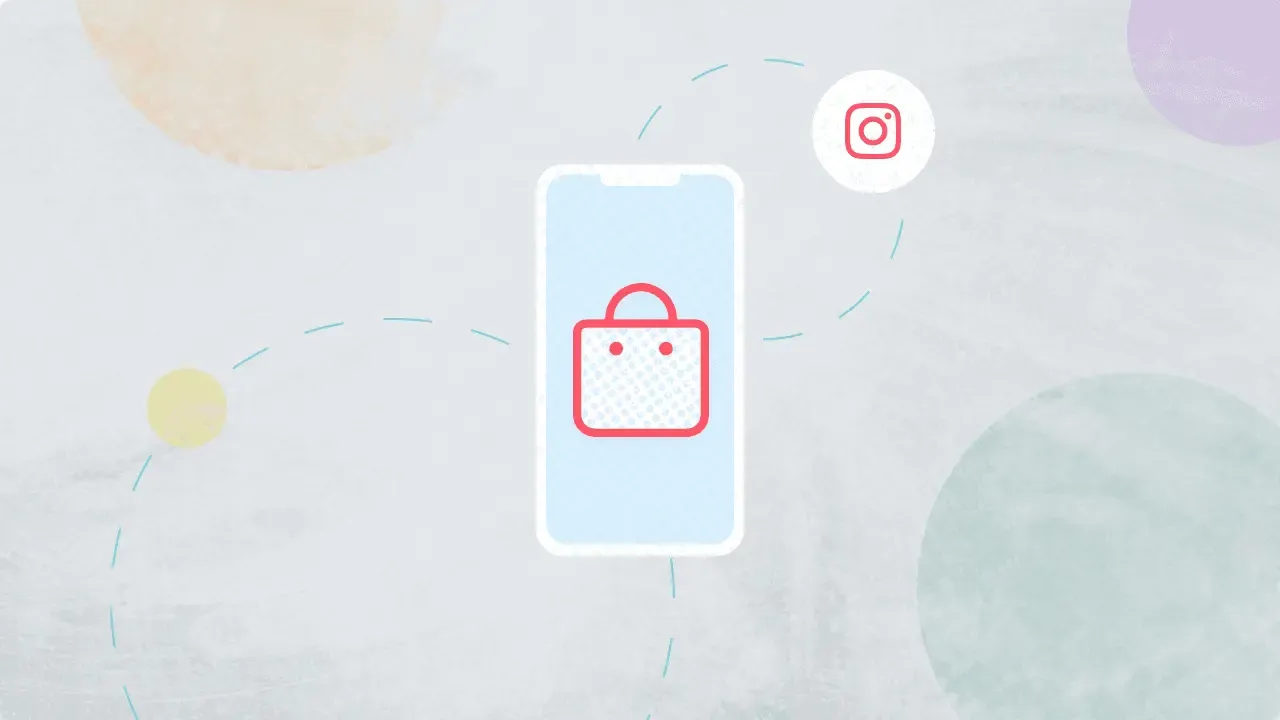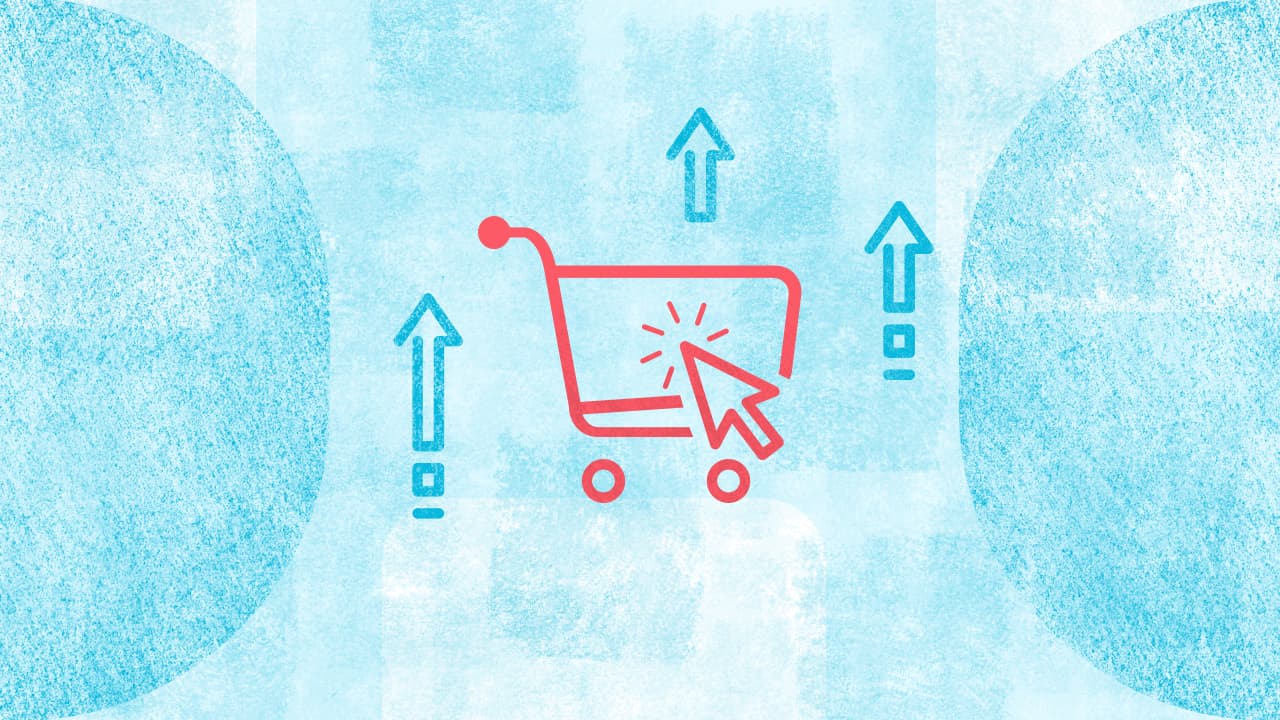The way you guide your customers throughout their entire purchase journey is of utmost importance. Customers are not only looking to buy a product or a service but are instead in the hunt for a seamless buying experience that caters to them at every step.
Developing an Omnichannel marketing strategy for your eCommerce business can help you target and convert potential customers at the right time.
In this article, we'll take a look at what Omnichannel marketing means in 2020, how's it different from multichannel marketing, and the importance of using an Omnichannel marketing strategy for your eCommerce business.
- What Exactly Does Omnichannel Marketing Mean?
- Is Omnichannel Marketing Really Different From Multichannel Marketing?
- Why Omnichannel Marketing For eCommerce Is essential?
- Best Practices for eCommerce Omnichannel Marketing
- Omnichannel Marketing & Social Media
If you're looking for a solution to manage social media aspect of your omnichannel marketing strategy, you can jump directly to that section.
What Exactly Does Omnichannel Marketing Mean?
Omnichannel marketing is one such hot "Buzzword" these days that is thrown a lot by marketers. The definition of the term may vary according to different industries, but in laymen's terms, it is integrating all channels to create a unified buying experience for your potential customers.
The main goal of any omnichannel marketing strategy is to combine the strengths of each of your communication channels to deliver a consistent and compelling brand message. Let's take an example to better understand how brands use Omnichannel marketing to create new customers.
Popular UK fashion brand Oasis operates online and from around 80 plus stores worldwide. The company has brilliantly integrated different channels to provide one unified all-around Omnichannel experience for their customers and prospects.
The company has integrated it's online and physical store by curating its online store to highlight the hottest items being purchased in-store.

Next comes their Instagram account, which is filled with user-generated content and also has Instagram shopping platform integrations. Their Instagram feed itself is packed full of tagged products you can buy right there on Instagram.

We recently wrote about how you can set up shop on Instagram, if you wish to an Instagram shopping experience like Oasis, you can go here - How To Set Up Shop On Instagram.
Moving on to its smartphone app, the company has integrated the "Stories" feature into their app, which is all the hype right now. The 'Stories' feature allows users to explore the latest fashion trends and ideas, just like on Instagram.

There are a lot more things that Oasis does to create a seamless buying experience for their customers, but here are a few pointers that they have really nailed down with their Omnichannel marketing strategy.
-
They figured out the different online and offline places where their customers hang out
-
They created a presence and continue to show up in all these places to create touchpoints with their customers
-
They made these touchpoints shoppable to help the customer make a purchase at any point
Oasis's marketing strategies really help us understand how companies can create a unified buying experience for their customers.
Is Omnichannel Marketing Really Different From Multichannel Marketing?
We explained the meaning of Omnichannel marketing and looked at an example of a brand that is doing it really well. But often, people end up confusing Omnichannel marketing with Multichannel marketing.
There's no denying that Multichannel and Omnichannel marketing may sound the same at first. This is because both have businesses using multiple channels to communicate with customers. But there is a core difference between both of them in the way the information is passed on to the customer.
In simple terms, multichannel marketing is when a business or a company is using several channels to communicate multiple different ideas or messages to the customers. The problems that arise when using this approach are:
-
Miscommunication and Inconsistencies between channels
-
Frustrated customers since they need to use multiple channels
With Omnichannel marketing in place, your customers can get a personalized & unified message that's directly relevant to what they need at any given time, no matter what channel they're on.
This leads to our main argument if omnichannel marketing for eCommerce is essential in 2020 or not.
Why Omnichannel Marketing For eCommerce Is Essential?
Omnichannel marketing for eCommerce businesses is quite essential for eCommerce stores and here's why
"47% of shopperswho engage with brands on 10 more channels will make purchases at least once a week, compared to 21% who just engage on up to four channels."
A recent study done by Forrester Consulting states 89% of customers cited the importance of being able to choose their sales channel. For them, having the ability to choose and combine multiple channels into the shopping process is expected, and they want flexibility.
Omnichannel marketing gives you the freedom to create a seamless buying experience for your customer using which they can search and buy from anywhere at any time.
They can check the availability of their favorite products, check the status of their order, and in short, can control their own customer experience based on their needs, schedule, and preferences.
To get started with Omnichannel marketing for your eCommerce business, we have some best practices that you can implement.
Best Practices for eCommerce Omnichannel Marketing
Let's take a look at some of the best practices for eCommerce Omnichannel marketing.
1. Be Global But With Localized Content
We understand how this can sound a bit confusing to some readers, but here's a simple explanation for it.
Most of the eCommerce stores serve and ships internationally targetting a global audience. Now there is no better way to increase the local visitors' confidence than having your website to be presented to them in their local language and currency.
But there's no denying that no one likes to feel like an alien on their home turf, so to create the experience a complete omnichannel experience for your customers, you can do more than just translating your website.
You can do much more localization on your website by optimizing the home page according to visitor's country and integrating or collaborating with local companies & influencers. Offering local customer's preferred payment methods is also a big plus.
2. Don't Let Your Mobile Site/App Anchor You Down
A prominent channel in any Omnichannel marketing strategy these days is smartphones, but most of the eCommerce businesses tend to ignore it or just end doing the bare minimum with it.
The vast majority of mobile eCommerce sites still lag behind the better, bigger & bulkier desktop ones, which completely undermines any omnichannel marketing effort.
"40% of customerswill go to a competitor’s site if they have a bad mobile experience."
Since you have to work with less screen real estate on mobile devices, you have to make sure all the important stuff needs to be front-and-center, with other elements collapsed underneath.
3. Use The Power Of Social Shopping
Since social networks these days earn a major share of their revenues from eCommerce stores, they have started focusing on bringing better features for integrating eCommerce brands on their platforms.
"Facebook accounts for 80.4% of U.S. social referral shareto e-commerce sites".
One such recent integration is "Social Shopping." Social shopping allows eCommerce brands to add their product catalog on their social media profiles and directly showcase products in their audience's feeds. Social media users can directly buy the products from the social platform making the eCommerce buying experience smoother than ever.

We've already posted a few detailed posts that can help you get started with setting up Social Shopping for your eCommerce store.
Read more:
Step By Step Guide To Set Up Shop On Facebook
Social Media eCommerce Best Practices
Omnichannel Marketing & Social Media
Social media is a prominent part of any Omnichannel marketing strategy and as a whole has become quite essential if your looking to grow your eCommerce business. But managing different social media aspects such as ads and engagement across multiple channels can end up taking a lot of your time.
To solve this problem, you can use a social media management tool like Statusbrew, that allows you to create and publish content across different social media channels with a single click.
You can create and manage Facebook ads and ad comments from a single dashboard and fine-tune your marketing strategies with in-depth reports.
Statusbrew allows eCommerce stores to create and manage a unified social media experience, try Statusbrew completely free for 7 days and see if it's a right fit for your Business.




Explore the Statusbrew range of social media tools
Cancel anytime!